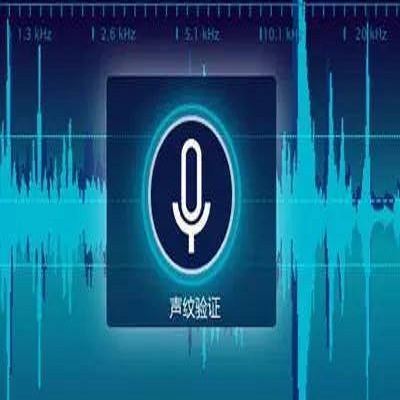Visual Place Recognition (VPR) is the task of retrieving database images similar to a query photo by comparing it to a large database of known images. In real-world applications, extreme illumination changes caused by query images taken at night pose a significant obstacle that VPR needs to overcome. However, a training set with day-night correspondence for city-scale, street-level VPR does not exist. To address this challenge, we propose a novel pipeline that divides VPR and conquers Nocturnal Place Recognition (NPR). Specifically, we first established a street-level day-night dataset, NightStreet, and used it to train an unpaired image-to-image translation model. Then we used this model to process existing large-scale VPR datasets to generate the VPR-Night datasets and demonstrated how to combine them with two popular VPR pipelines. Finally, we proposed a divide-and-conquer VPR framework and provided explanations at the theoretical, experimental, and application levels. Under our framework, previous methods can significantly improve performance on two public datasets, including the top-ranked method.
翻译:视觉场景识别(VPR)是指通过将查询图像与大量已知图像进行比较,从数据库中检索类似的图像。在实际应用中,由夜间拍摄的查询图像引起的极端光照变化是VPR必须克服的重要障碍。然而,不存在适用于城市规模、街道级别的日夜对应训练集。为了解决这一挑战,我们提出了一种新颖的流程,将VPR分为小块并征服夜间场景识别(NPR)。具体来说,我们首先建立了街头日夜数据集NightStreet,并使用该数据集训练了一个非配对的图像到图像翻译模型。然后我们使用这个模型处理现有的大规模VPR数据集,生成VPR-Night数据集,并演示如何将它们与两个流行的VPR流程相结合。最后,我们提出了一个分而治之的VPR框架,并在理论、实验和应用水平上提供了解释。在我们的框架下,以前的方法可以显着提高两个公共数据集的性能,包括排名第一的方法。


